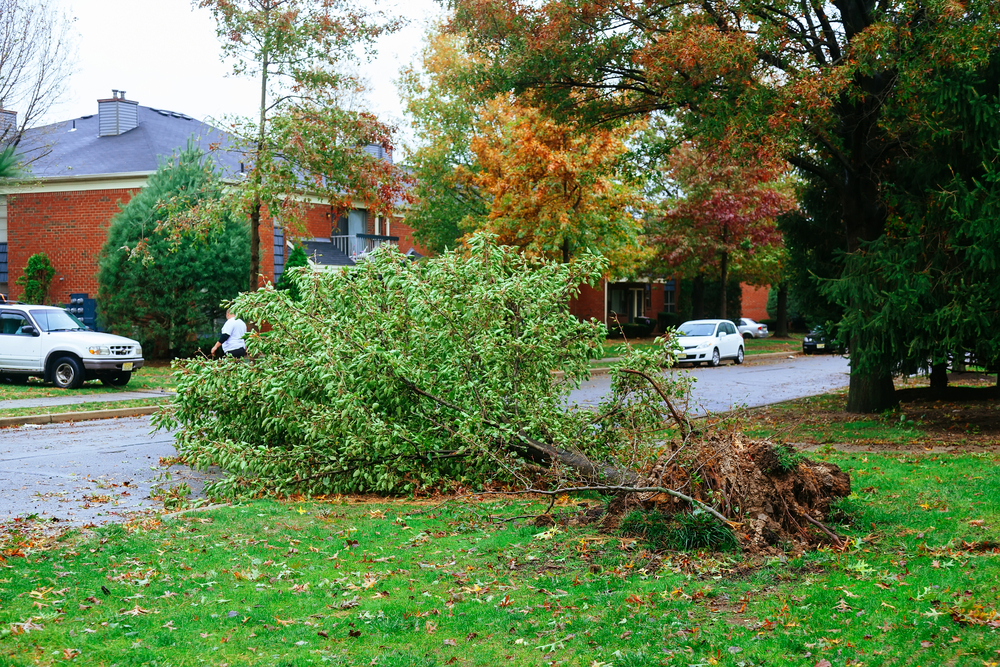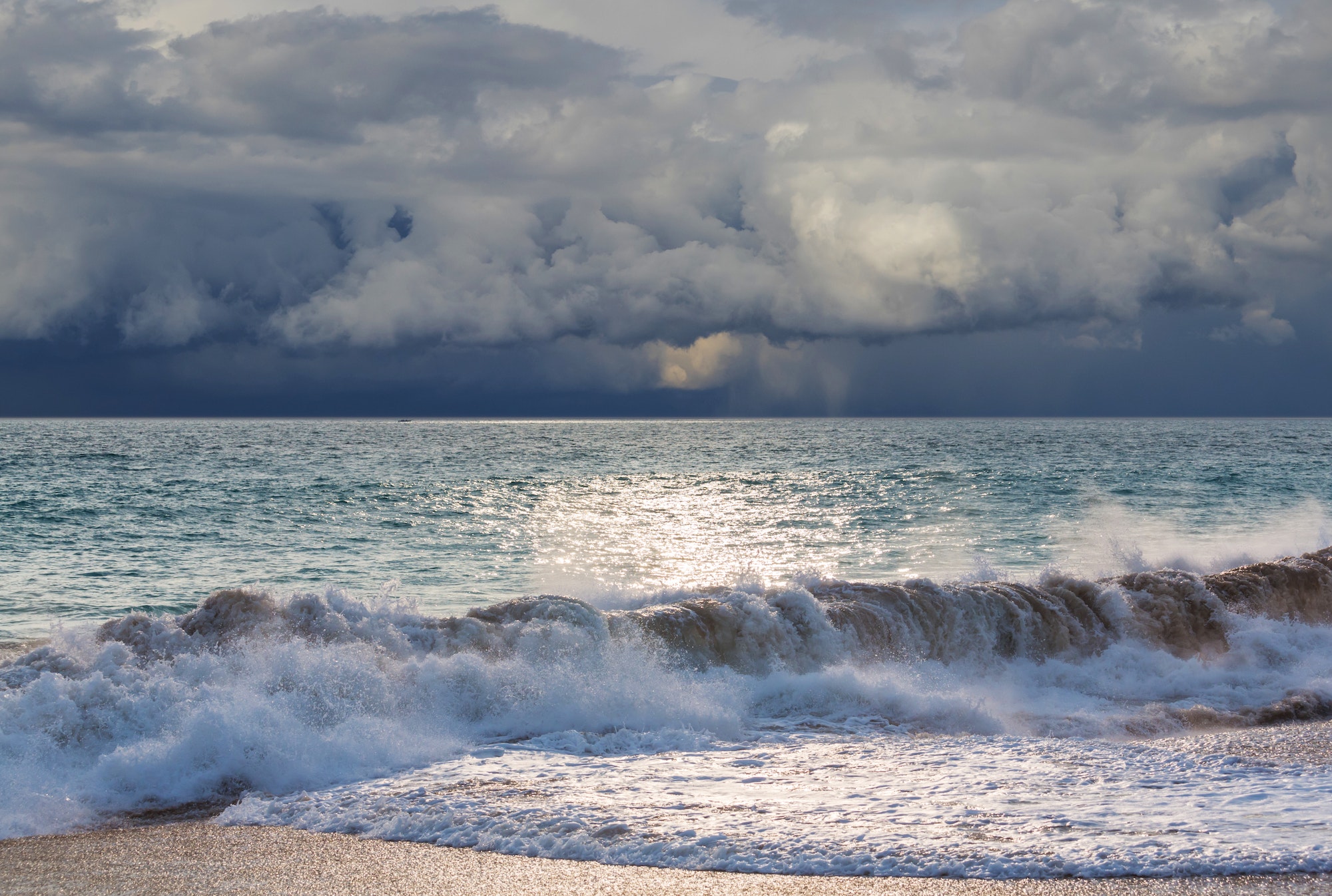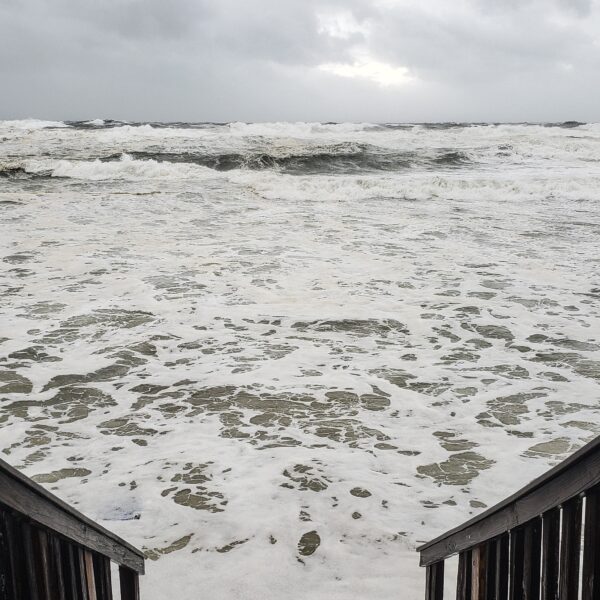The Devastating Impact of Hurricane Michael
In October 2018, Hurricane Michael landed on the Florida Panhandle as a Category 5 storm, leaving a trail of destruction in its wake. With wind speeds reaching 160 miles per hour, it was the strongest hurricane to hit the region in recorded history. The impact of Hurricane Michael on Florida’s Panhandle was devastating, causing widespread damage and leaving many communities in ruins.
The Florida Panhandle, also known as the “Forgotten Coast.” The Forgotten Coast is a nickname given to a stretch of coastline along the Florida Panhandle in the southeastern United States. It refers to the less developed and more secluded areas of coastline, which have not experienced the same level of commercialization and tourist development as other parts of Florida. The term “Forgotten Coast” is often used to describe the region’s natural beauty, pristine sandy beaches, tranquil atmosphere, and slower pace of life. However, on October 10, 2018, the region was faced with a disaster of unprecedented proportions.
As Hurricane Michael approached the coast, residents were urged to evacuate, but many chose to stay and ride out the storm. Unfortunately, this decision proved to be fatal for some. The powerful winds and storm surge caused widespread destruction, destroying many homes and businesses. The coastal towns of Mexico Beach and Panama City were hit the hardest, with entire neighborhoods reduced to rubble.
The devastation caused by Hurricane Michael was not limited to just buildings and infrastructure. The storm also had a significant impact on the environment. The strong winds uprooted trees and destroyed vegetation, leaving the landscape unrecognizable. The storm surge also caused severe erosion along the coastline, altering the natural habitats of many species of plants and animals.
The aftermath of Hurricane Michael was a scene of chaos and destruction. Flood trees and power lines blocked roads, making it difficult for emergency services to reach those in need. The lack of electricity and communication also added to the challenges residents and first responders faced. Over 1.5 million people were estimated to be left without power in the storm’s aftermath.
Hurricane Michael’s impact on the Florida Panhandle’s economy was also significant. The region heavily relies on tourism, and the destruction caused by the storm had a devastating effect on the industry. Many businesses were forced to close, and the damage to infrastructure made it difficult for tourists to access the area. The fishing and agriculture industries were also severely affected, with the storm destroying many crops and fishing boats.
The aftermath of Hurricane Michael also highlighted the vulnerability of the region’s infrastructure. The storm caused severe damage to roads, bridges, and other critical infrastructure, making it difficult for residents to access essential services such as healthcare and education. The rebuilding process would require significant investments and resources, which would take time and effort.
In the months following the storm, the community came together to support each other and begin the long process of recovery. Volunteers from all over the country traveled to the Panhandle to assist with cleanup and rebuilding. The government also provided aid and resources to help those affected by the storm.
The impact of Hurricane Michael on Florida’s Panhandle was devastating, but it also brought out the resilience and strength of the community. The rebuilding process is ongoing, and it will take time for the region to recover from the destruction caused by the storm fully. However, the spirit of the people of the Panhandle remains unbroken, and they are determined to rebuild their homes and communities stronger than ever before.
Lessons Learned
Hurricane Michael, a category 5 storm, landed in the Florida Panhandle on October 10, 2018. It was one of the strongest hurricanes ever to hit the United States, causing widespread destruction and killing at least 59 people. The storm left a trail of devastation in its wake, with many communities still struggling to recover. As we reflect on the impact of Hurricane Michael, it is essential to learn from this disaster and prepare for future storms.
One key lesson from Hurricane Michael is the importance of preparedness. The storm formed rapidly and intensified quickly, catching many people off guard. This highlights the need for individuals and communities to have a plan in place for when a hurricane strikes. This includes having an emergency kit with essential supplies, such as non-perishable food, water, flashlights, and first aid supplies. Having a communication plan with family and friends and knowing evacuation routes and shelters in the area is also crucial.
Another lesson learned from Hurricane Michael is the importance of heeding evacuation orders. Despite warnings from officials, many people chose to stay in their homes during the storm. This put them at risk of being trapped or injured by the powerful winds and storm surge. It is essential to follow evacuation orders and leave the area when instructed to do so. This ensures your safety and allows emergency responders to focus on those who genuinely need help.
In the aftermath of Hurricane Michael, it became clear that many homes and buildings were not built to withstand such a powerful storm. This highlights the need for stronger building codes and regulations in hurricane-prone areas. It is also essential for homeowners to take steps to fortify their homes, such as installing hurricane shutters and reinforcing garage doors. These measures can help minimize damage and protect lives during future storms.
One of the most devastating impacts of Hurricane Michael was the widespread power outages that left millions without electricity for days or weeks. This made it difficult for people to communicate and access essential services and posed a significant health and safety risk. To prepare for future storms, it is important to have a backup power source, such as a generator, and to know how to use it safely. It is also crucial to have a plan for food and water storage in case of extended power outages.
The aftermath of Hurricane Michael also highlighted the importance of community resilience. Seeing communities come together to support and help each other in the face of such a catastrophic event was heartening. This sense of unity and resilience is crucial in recovery and can help communities bounce back stronger after a disaster. Individuals must get involved in their communities and participate in disaster preparedness and recovery efforts.
Finally, Hurricane Michael serves as a reminder of the impact of climate change on extreme weather events. The warming of our planet is causing more frequent and intense hurricanes, making it even more crucial to take steps to mitigate and adapt to the effects of climate change. This includes reducing our carbon footprint and supporting policies and initiatives that address climate change.
In conclusion, Hurricane Michael was a devastating event that taught us many valuable lessons. From the importance of preparedness and evacuation to the need for stronger building codes and community resilience, there are many ways we can learn from this disaster and prepare for future storms. By taking action and implementing these lessons, we can better protect ourselves and our communities from the destructive forces of nature.
The Role of Climate Change
In October 2018, Hurricane Michael landed in the Florida Panhandle as a Category 5 storm, causing widespread destruction and claiming dozens of lives. It was the strongest hurricane to hit the United States since Hurricane Andrew in 1992. As with any major natural disaster, there has been much discussion and debate about the factors that contributed to the intensity of Hurricane Michael. One of the key factors that has been brought into question is the role of climate change.
Climate change, also known as global warming, refers to the long-term changes in the Earth’s climate patterns. These changes are primarily caused by human activities such as burning fossil fuels, deforestation, and industrial processes. The increase in greenhouse gases, such as carbon dioxide, in the atmosphere traps heat and increases global temperatures. This temperature rise directly impacts the Earth’s weather patterns, including hurricanes.
One of the main arguments for the role of climate change in the intensity of Hurricane Michael is the increase in sea surface temperatures. As the Earth’s temperature rises, so does the temperature of the oceans. Warm ocean waters are the fuel for hurricanes, providing the energy needed for them to form and intensify. In the case of Hurricane Michael, the Gulf of Mexico was unusually warm, with temperatures reaching up to 84 degrees Fahrenheit. This provided the perfect conditions for the storm to intensify into a Category 5 hurricane rapidly.
Another factor linked to climate change is the increase in extreme weather events. Hurricanes are becoming more frequent and intense, which is expected to continue as the Earth’s temperature rises. Warmer air can hold more moisture, leading to heavier rainfall and stronger winds. In the case of Hurricane Michael, the storm brought record-breaking rainfall and wind speeds of up to 160 miles per hour.
Some experts argue that the intensity of Hurricane Michael was also influenced by the loss of natural barriers, such as wetlands and mangroves, which act as buffers against storm surges. These natural barriers have been destroyed or degraded due to human activities, leaving coastal communities more vulnerable to the impacts of hurricanes. This is a direct result of climate change, as the destruction of these natural barriers is often caused by rising sea levels and increased storm activity.
While there is strong evidence to suggest that climate change played a role in the intensity of Hurricane Michael, there are also those who argue that it is not the sole cause. They point to other factors, such as natural climate variability and the cyclical nature of hurricanes. However, it is essential to note that climate change does not cause hurricanes but contributes to their intensity and impact.
In the aftermath of Hurricane Michael, there have been calls for action to address the root causes of climate change. Many believe that urgent and drastic measures must be taken to reduce greenhouse gas emissions and mitigate the effects of climate change. This includes transitioning to renewable energy sources, implementing sustainable land use practices, and investing in infrastructure that can withstand extreme weather events.
In conclusion, while there may be differing opinions on the role of climate change in the intensity of Hurricane Michael, there is no denying that it played a significant role. The increase in sea surface temperatures, the frequency of extreme weather events, and the loss of natural barriers all point to the impact of human-induced climate change. As we continue to see the devastating effects of hurricanes and other natural disasters, we must address climate change and protect our planet for future generations.











